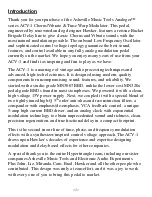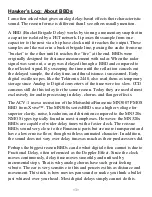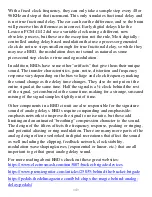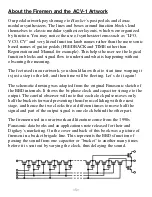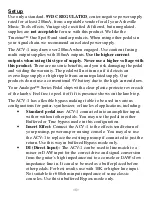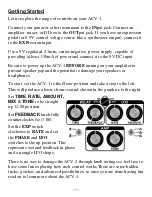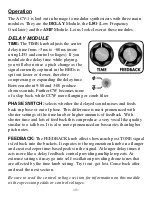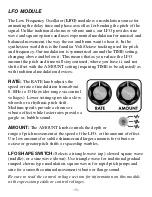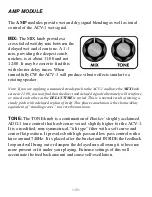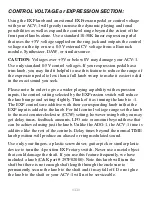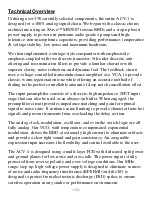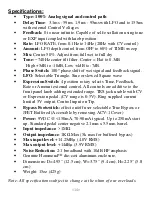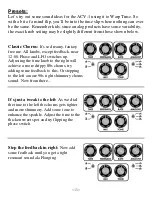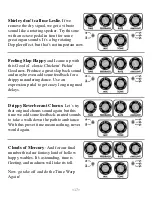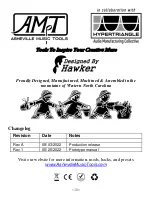
<3>
Hawker’s Log: About BBDs
I am often asked what gives analog delay-based effects their characteristic
sound. The reason for me is different than I see others usually mention.
A BBD (Bucket Brigade Delay) works by storing a momentary snapshot in
a capacitor isolated by a FET network. It passes this sample from one
capacitor to the next via a bi-phase clock until it reaches the output. These
samples are like water in a bucket brigade line, passing the audio from one
“bucket” to the other until it reaches the “fire” at the end. BBDs were
originally designed for distance measurement with radar. When the radar
signal was sent out, a copy was delayed through a BBD and compared to
the reflected signal. By sweeping the time until the reflection cancels out
the delayed sample, the delay time, and thus distance, is measured. Early
digital oscilloscopes, like the Tektronix 2440, also used them as temporary
storage since Analog to Digital converters of the time were too slow. CCD
cameras still do this today for the same reason. Today they are used almost
exclusively for audio processing in delay, chorus, and flanger effects.
The ACV-1 uses a recreation of the Matsushita/Panasonic MN3007 PMOS
BBD from Xvive™. The MN300x series BBDs use a higher voltage for
superior clarity, noise, headroom, and distortion compared to the MN320x
NMOS types typically found in most stompboxes. However, the MN320x
BBDs are capable of wider delay times with a faster clock. The reissue
BBDs sound very close to the Panasonic parts but are more transparent and
have a lower noise floor, though with less animated character. In addition,
the sound does not vary over delay times as much as their predecessors did.
Perhaps the biggest reason BBDs can do what digital often cannot is due to
Fractional Delay, often referenced as the Doppler Effect. Since the clock
moves continuously,
delay time moves smoothly and unfixed by
incremental steps. That is why analog chorus have such great feeling
vibrato. The ear is very sensitive to this and perceives this as distance and
movement. This trick is how movies pan sound or make you think a bullet
just whizzed over your head. Most digital delays simply cannot do this.


